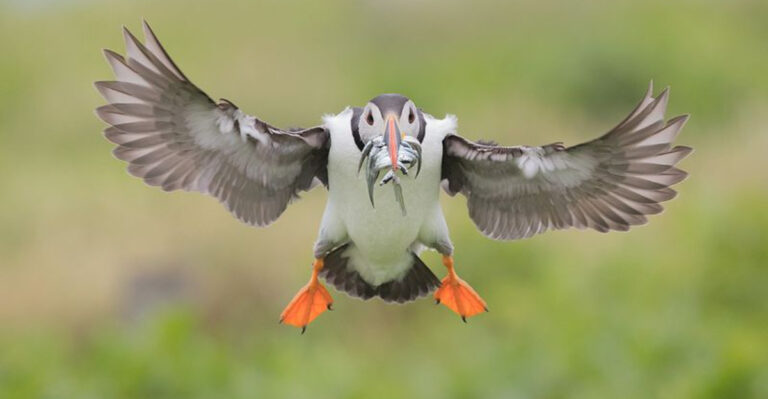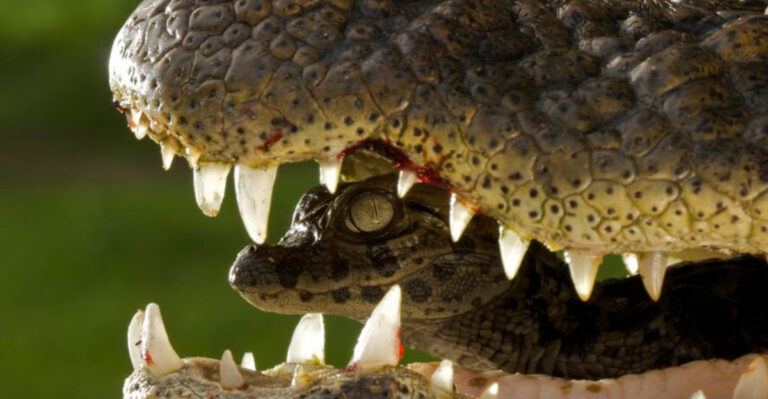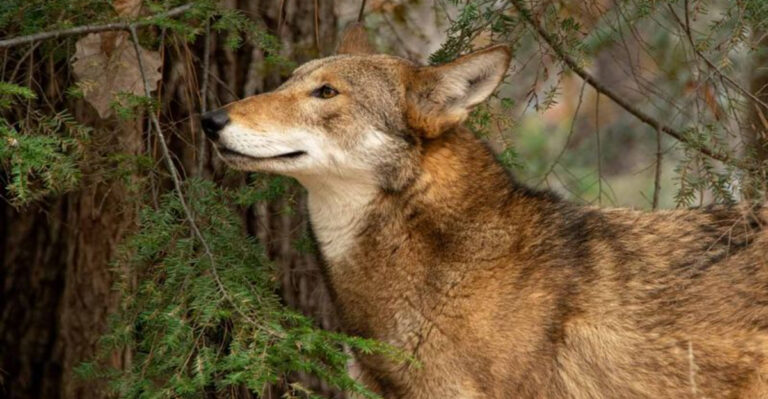Ways Saharan Sand Cats Are Uniquely Endangered Yet Overlooked
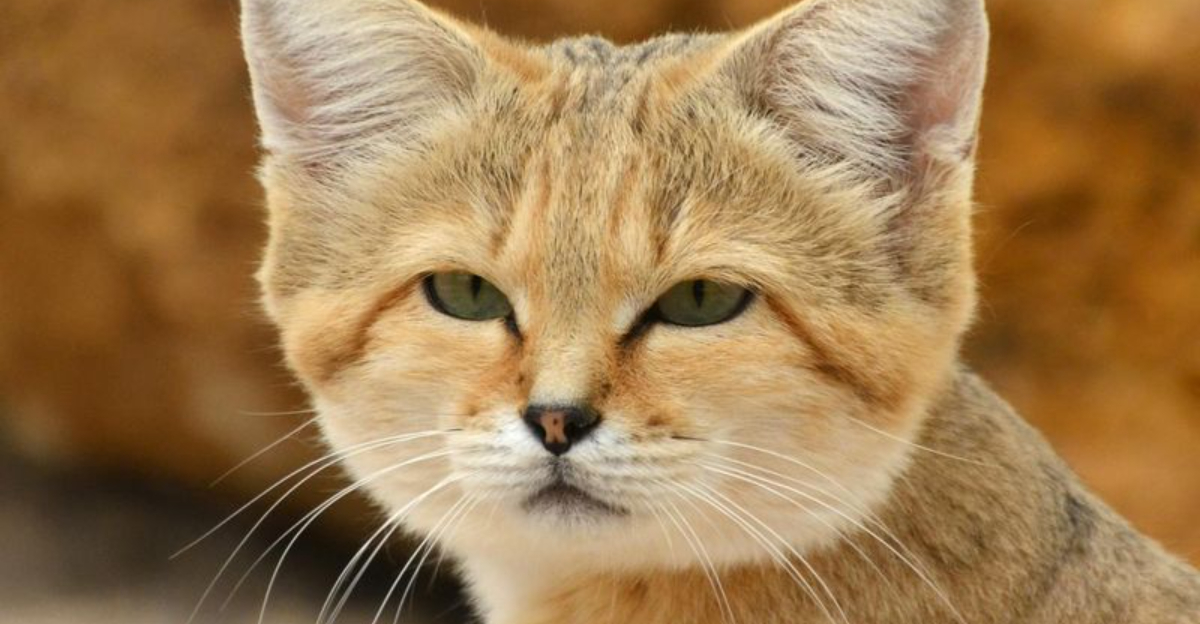
Imagine a small, elusive feline that roams the vast, harsh landscapes of the Sahara Desert. Meet the Saharan Sand Cat – a creature that’s as mysterious as it is adorable.
These cats face unique challenges that often go unnoticed, making them one of the most endangered yet overlooked species.
In this article, we’ll explore 12 fascinating ways these remarkable animals are struggling for survival. From their specialized adaptations to the threats they encounter, each aspect will leave you with a newfound appreciation for these desert dwellers.
1. Desert Camouflage Masters
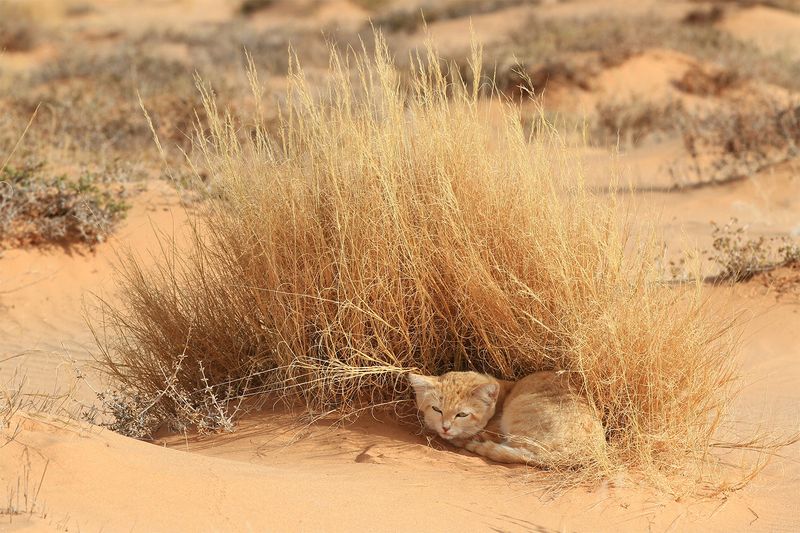
With a coat that mirrors the tawny sands of its habitat, the Sand Cat is the ultimate camouflage artist. This feature helps it avoid predators and sneak up on prey.
Their fur isn’t just for looks – it also provides insulation against the desert’s extreme temperatures, keeping them warm during chilly nights and cool during scorching days.
These cats have also developed hairy soles that enable silent movement across hot sands.
However, this natural disguise and stealth are not enough to protect them from human threats, such as habitat destruction and illegal pet trade.
2. Nocturnal Hunters

The Sand Cat is a true night owl, embracing the cover of darkness to hunt for its next meal.
They are formidable predators, with acute hearing that allows them to detect prey even beneath the sand. This skill is vital for catching small rodents and insects that form the core of their diet.
Their nocturnal nature is a strategy to beat the intense daytime heat of the desert.
Yet, as night falls, the threats of human encroachment and climate change don’t disappear, posing constant challenges for these silent hunters.
3. Ear-Tuned Survivalists

Those oversized ears aren’t just for show – they’re a Sand Cat’s secret weapon in the wild. Their extraordinary hearing lets them sense the slightest rustle of movement, whether it’s a mouse scurrying or a predator approaching.
This heightened sense keeps them a step ahead in the survival game. However, their reliance on sound makes them vulnerable to noise pollution from human activity, which can disrupt their natural behavior and communication.
Protecting their habitat from such disturbances is crucial for their continued existence.
4. Adaptation To Arid Climates

Thriving in one of the most inhospitable places on earth, the Sand Cat’s ability to go without water for extended periods is nothing short of remarkable. They obtain moisture from their prey and are rarely seen drinking water.
This adaptation is key to surviving in the parched Sahara. However, climate change threatens to alter their habitat, making resources even scarcer and pushing these resilient felines to their limits.
Every adaptation they possess is being tested in today’s changing environment.
5. Feline Loners
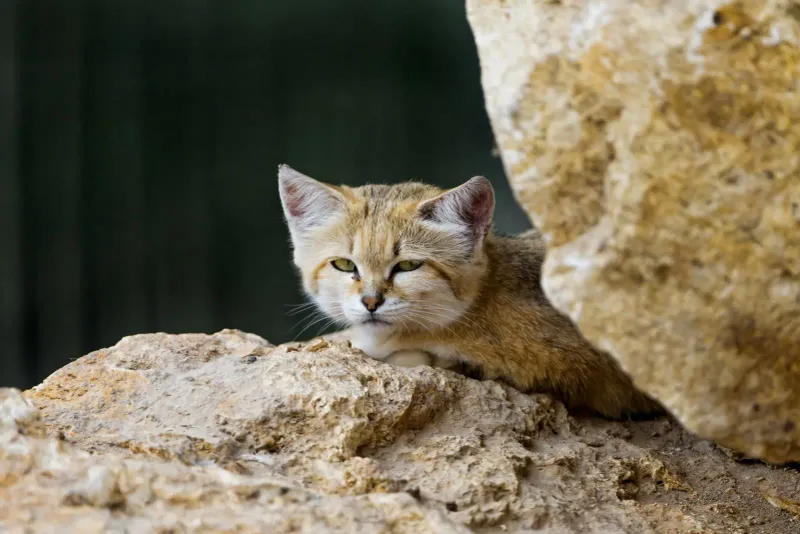
Unlike their social domestic cousins, Sand Cats are true loners, preferring the solitary life of a desert wanderer. Each cat stakes out its own territory, avoiding others except during mating season.
This solitary nature reduces competition for scarce resources, yet it also means they rely heavily on their own survival skills.
The isolation can be a double-edged sword, as finding mates becomes harder with dwindling numbers. Protecting their natural habitat is crucial to ensuring these loners have the space they need.
6. Stealthy Predators
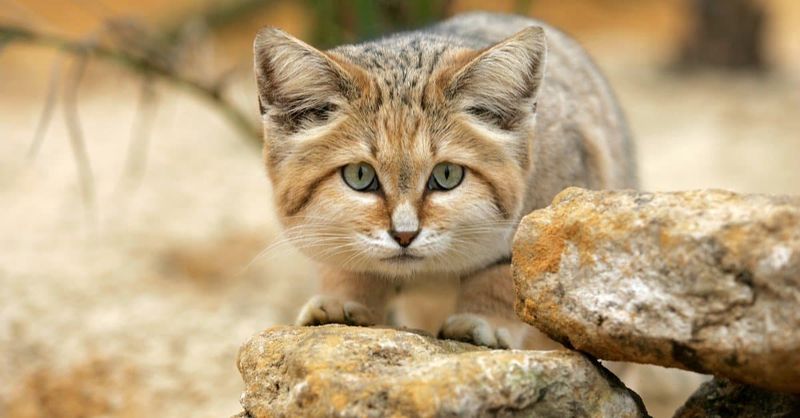
The Sand Cat moves with the grace of a shadow, its every step calculated and precise. This stealth allows it to approach prey undetected until the very last moment.
Their diet mainly consists of small mammals and insects, and they are incredibly efficient hunters.
Despite their prowess, they face threats from habitat loss and poaching. As humans encroach further into their territory, these stealthy predators must navigate an increasingly dangerous world, where their skills are put to the ultimate test.
7. Tiny Desert Wanderers

Small in stature yet mighty in spirit, the Sand Cat covers vast distances in search of food and shelter.
Despite their size, they are well-equipped to handle the challenges of the desert, with physical and behavioral adaptations that aid their survival.
Their wandering nature occasionally brings them into conflict with expanding human settlements. These tiny explorers need large territories to roam, making the preservation of their habitat essential.
Every journey they undertake is a testament to their resilience and determination.
8. Survival Through Seclusion
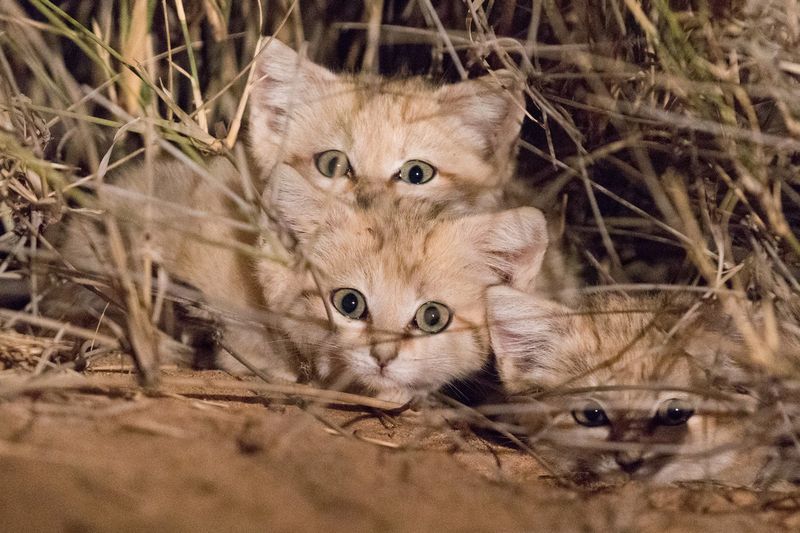
In a harsh environment, finding a safe haven is crucial, and the Sand Cat excels in this art. They seek shelter in burrows or under rocks to escape the sun’s intense rays and to hide from predators.
Their knack for seclusion aids in conserving energy and avoiding danger.
However, increased human activity threatens these shelters, making it harder for Sand Cats to find refuge. Preserving their natural environment is vital to ensure they have the seclusion they need to thrive.
9. Masters Of Disguise
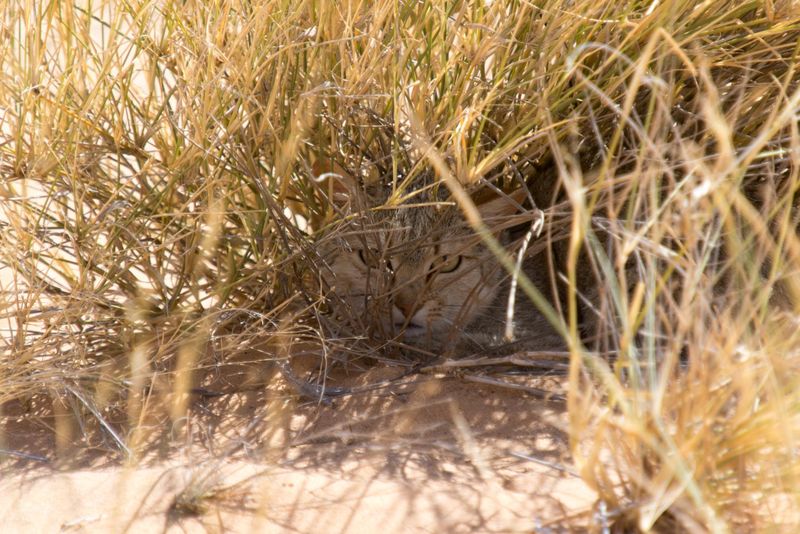
Possessing a coat that blends seamlessly with the rocky desert terrain, the Sand Cat is a master of disguise. This ability to go unnoticed is critical for both hunting and evading predators.
Despite their incredible camouflage, human activities such as mining disturb their habitats, making it harder for them to remain hidden.
Conserving their environment is essential to maintaining their natural abilities and ensuring their survival in the wild.
10. Eyes On The Horizon
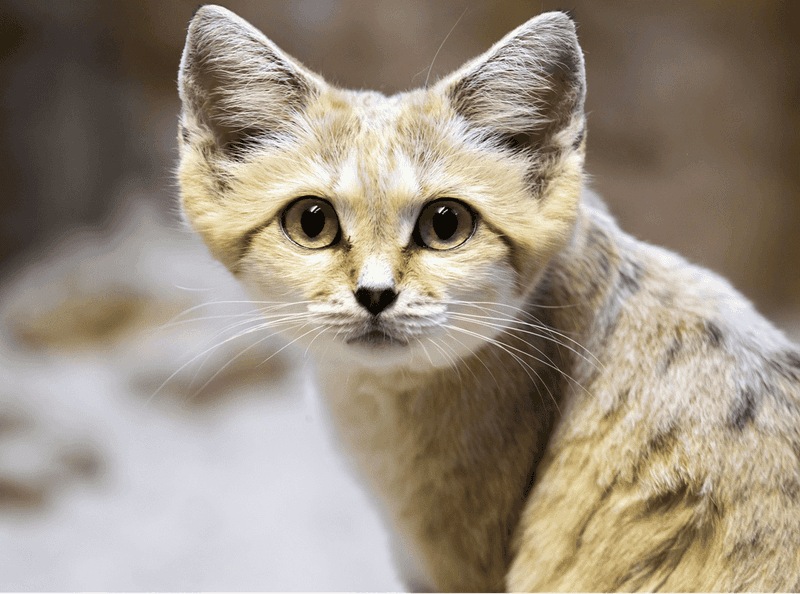
With eyes as sharp as their claws, Sand Cats keep a vigilant watch over their domain. Their keen eyesight allows them to spot movement from afar, whether it’s prey or potential threats. This ability to see clearly in low light is a significant advantage in the desert.
Yet, even with such remarkable vision, they are not immune to the encroaching dangers of habitat loss. Protecting their terrain ensures that these cats can continue to survey their world effectively.
11. Enduring The Elements
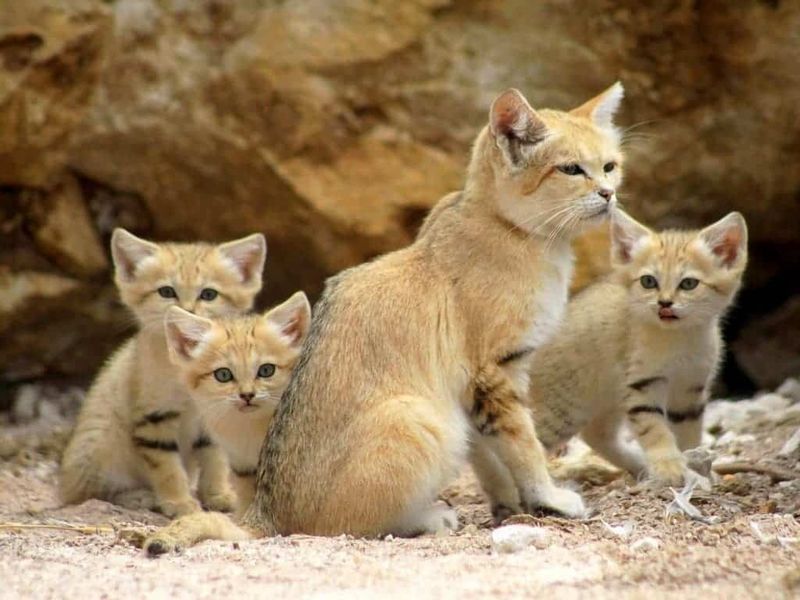
Weathering sandstorms and extreme temperatures, the Sand Cat is a symbol of resilience in the desert.
Their thick fur provides protection against abrasive winds and harsh sunlight, while their ability to dig provides an escape from the elements.
But even their resilience is tested by the increasing frequency of climate extremes. As environmental conditions change, these cats face new challenges, highlighting the importance of conservation efforts to support their survival.
12. Guardians Of The Desert Night
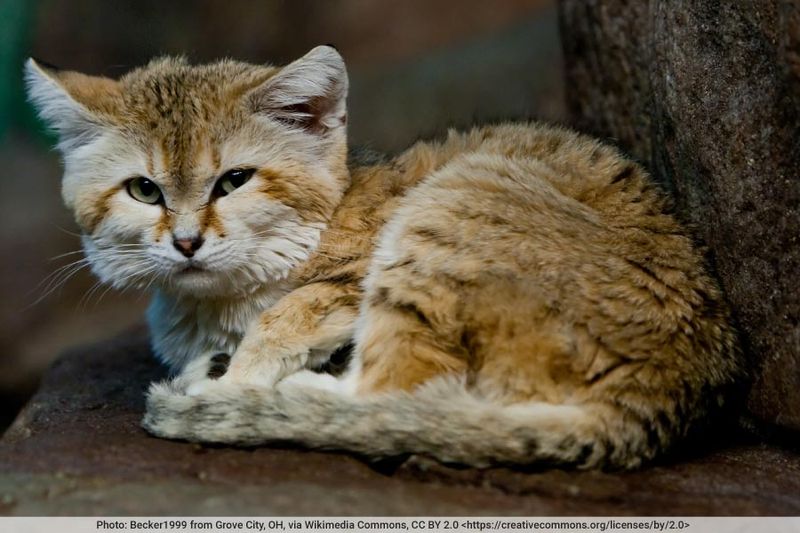
As the sun sets, the Sand Cat takes on its role as a guardian of the desert night. Their nocturnal activities play a vital part in the desert ecosystem, controlling the population of small mammals and insects.
However, their role is threatened by human-induced changes to their habitat. Preserving the desert night for these guardians means supporting their natural behaviors and ensuring they continue to thrive in their role as predators and protectors.


